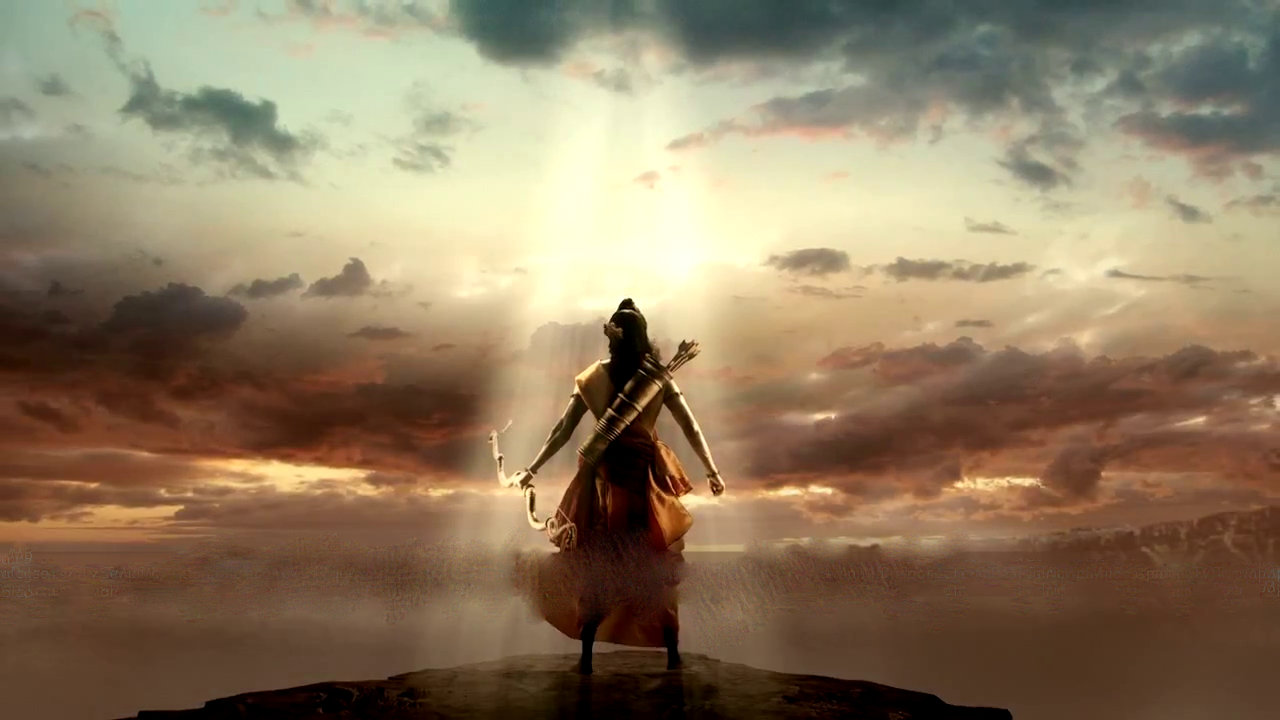
Avatars of Bhagwan Ram
Bhagwan Ram is considered as one of the most revered and worshipped deities in Hinduism. He is considered as the seventh avatar of Lord Vishnu and his life story is narrated in the Hindu epic, the Ramayana. According to the Ramayana, Bhagwan Ram took many forms during his life, some of which include:
Maryada Purushottam Ram:
This is the most popular and well-known form of Bhagwan Ram. He is considered the embodiment of righteousness, virtue, and morality. He is depicted as a prince and later as the king of Ayodhya.
Raghupati:
This is another popular form of Bhagwan Ram, and he is worshipped as the lord of the Raghu dynasty. The name Raghupati means ‘Lord of the Raghus’.
Dashrath Nandan:
Bhagwan Ram is also known as Dashrath Nandan, which means ‘son of King Dashrath’. This form highlights his familial ties and his love and devotion towards his parents.
Kosalendra:
Kosalendra means ‘Lord of Kosala’, which was the kingdom where Bhagwan Ram was born and raised. This form highlights his connection to his birthplace and the people of Kosala.
Purushottam:
Purushottam means ‘the best among men’. This form highlights Bhagwan Ram’s exceptional qualities, virtues, and strengths that make him the best among all men.
These are some of the most popular forms of Bhagwan Ram that are worshipped and revered by devotees. Each form highlights different aspects of his personality and life story, and his devotees pray to him in these different forms for various reasons.




-
Tagged Hanuman Avatar